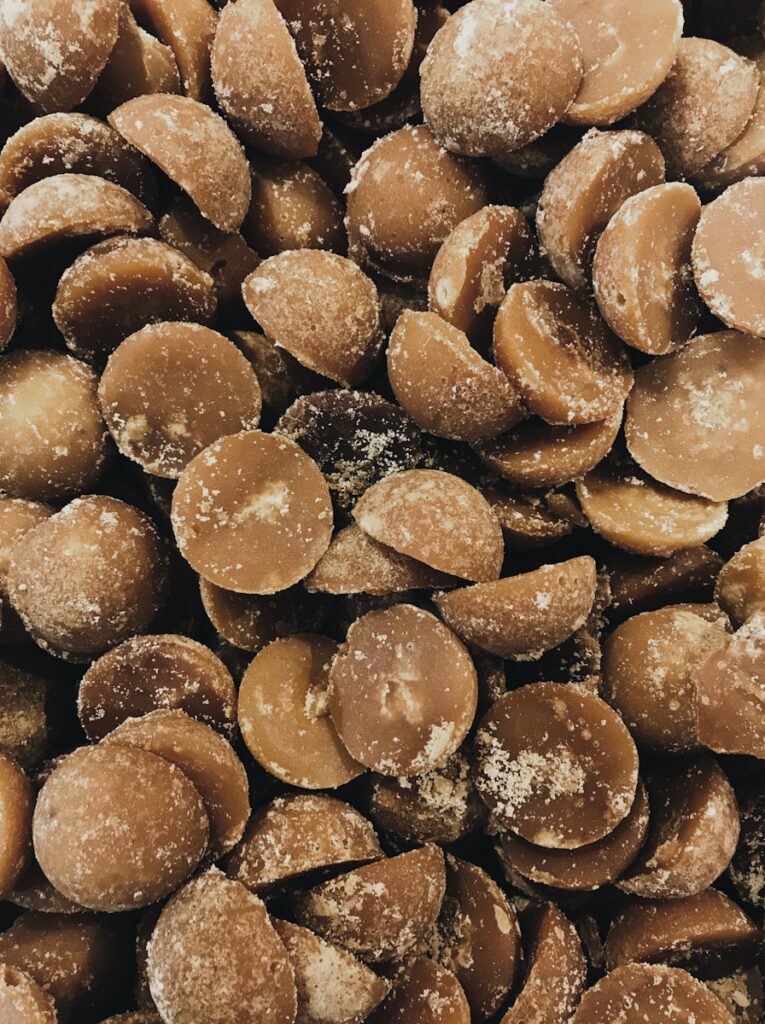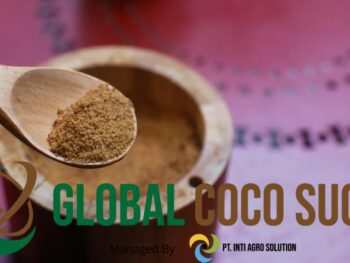
Coconut brown sugar, also known as coconut palm sugar or gula melaka in Malaysia and Indonesia, is more than just a sweetener. It is a symbol of tradition, craftsmanship, and cultural heritage in Southeast Asia. Derived from the sap of the coconut palm, this natural sweetener has been a staple in regional cuisines for centuries and remains deeply interwoven with local customs, foodways, and identity. Its story is one of sustainability, resourcefulness, and the enduring bond between people and their environment.
Ancient Roots: The Origins of Coconut Brown Sugar
The history of coconut brown sugar can be traced back thousands of years to ancient civilizations in Southeast Asia. Long before industrialized sugar production became widespread, communities across Indonesia, Malaysia, Thailand, and the Philippines were harvesting the sap from coconut palms and transforming it into a richly flavored sugar.
This form of sugar was likely discovered through observation and necessity. Villagers noticed the sweet sap dripping from the flower buds of coconut palms and, through trial and error, began collecting it in bamboo containers and boiling it down to produce a thick, golden syrup. As the syrup cooled, it crystallized into solid cakes or blocks—forms still common in markets today.
The early production of coconut sugar was not only practical but deeply sustainable. Unlike sugarcane or beet sugar, which require vast amounts of water and land, the coconut palm thrives in tropical environments with minimal input. A single tree can produce sap for 20 years or more, making it a reliable and environmentally friendly source of sweetness.
Traditional Production Methods

The process of making coconut brown sugar is an art form that has remained largely unchanged for generations. It begins with tapping the flower buds of the coconut palm. Skilled tappers climb the tall trees, slice the budding flowers, and attach containers to collect the dripping sap, known as "toddy" or "nira." This sap is then brought down and immediately heated over a wood fire in large woks or pans.
As the sap simmers, it is stirred continuously to prevent burning and to concentrate the sugars. After several hours, the liquid thickens into a syrup, which can be poured into molds made of bamboo, coconut shells, or other natural materials to cool and harden. The resulting product is a dense, caramel-colored sugar with a deep, toffee-like flavor and a slight hint of smokiness.
This labor-intensive, small-batch method is a source of pride and craftsmanship in rural communities. Families often pass down techniques from generation to generation, and the making of coconut sugar is seen as both a livelihood and a cultural legacy.
Culinary Significance

Coconut brown sugar is a cornerstone ingredient in many traditional Southeast Asian dishes. Its rich, complex flavor enhances both sweet and savory foods and is a defining characteristic of regional cuisine.
In Indonesia, it’s a key ingredient in kecap manis (sweet soy sauce), gudeg (a stewed jackfruit dish from Yogyakarta), and countless desserts like klepon—glutinous rice balls filled with melted coconut sugar and rolled in grated coconut. In Malaysia, it flavors onde-onde, seri muka, and kuih lapis, layered and steamed desserts that are essential during festive celebrations.
In Thailand, coconut sugar is used to sweeten curries, dipping sauces, and desserts such as luk chup and khanom tan. In the Philippines, where it’s known as "panutsa" or "coconut jaggery," it appears in delicacies like kalamay, suman, and latik, used as both a topping and a syrup.
The popularity of coconut sugar in these diverse culinary traditions speaks to its versatility and cultural importance. It’s not merely a substitute for refined sugar but a flavor enhancer that adds depth and authenticity to local dishes.
Cultural and Symbolic Meaning

Beyond its culinary uses, coconut brown sugar holds cultural and spiritual significance. In many Southeast Asian societies, food is closely tied to community, ritual, and celebration. Coconut sugar often plays a central role in religious offerings, weddings, harvest festivals, and ancestral rites.
In Balinese Hinduism, for instance, coconut sugar is used in ceremonial dishes and offerings to the gods. In Malay culture, desserts made with gula melaka are often served during Ramadan and Eid, symbolizing sweetness and unity. Across the region, it is common to associate coconut sugar with the idea of "manis"—sweetness—not just in taste, but in life, relationships, and blessings.
Its artisanal production also connects it to traditional ways of living that emphasize balance with nature, respect for craftsmanship, and the importance of preserving heritage. In an era of mass production and homogenized flavors, coconut brown sugar stands as a reminder of the richness found in cultural diversity and local foodways.
Modern-Day Revival and Global Interest
In recent years, coconut brown sugar has attracted attention beyond Southeast Asia, praised as a healthier alternative to refined sugar. With a lower glycemic index, higher mineral content (including potassium, iron, and zinc), and no chemical additives, it has been marketed in the West as a "superfood" or natural sweetener.
While this newfound popularity has helped support local farmers and brought economic opportunities to coconut-producing regions, it also raises concerns about over-commercialization and sustainability. As global demand increases, maintaining traditional production methods and ensuring fair trade practices are crucial to preserving the integrity of coconut brown sugar and the communities that depend on it.
Organizations in countries like Indonesia and the Philippines are working to protect and promote artisanal coconut sugar through certification programs, geographic indications, and community-based cooperatives. These efforts aim to keep the industry grounded in its cultural roots while allowing it to thrive in modern markets.
Conclusion
Coconut brown sugar is more than just a sweetener—it is a living legacy of Southeast Asia’s culinary, cultural, and ecological traditions. From its humble beginnings in rural villages to its place on international shelves, it tells a story of sustainability, heritage, and the deep bond between people and their environment.
As we seek healthier, more meaningful connections to the food we eat, coconut brown sugar offers a taste of something timeless: the wisdom of generations, the richness of culture, and the sweetness of life, naturally harvested from the heart of the tropics.



